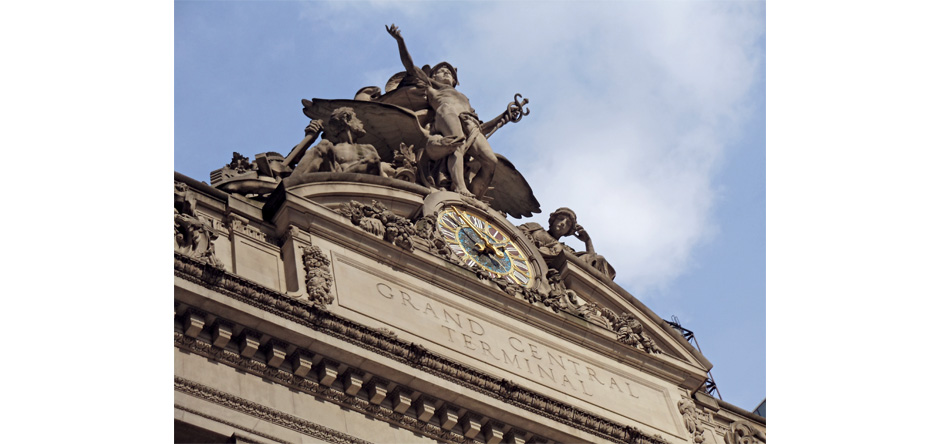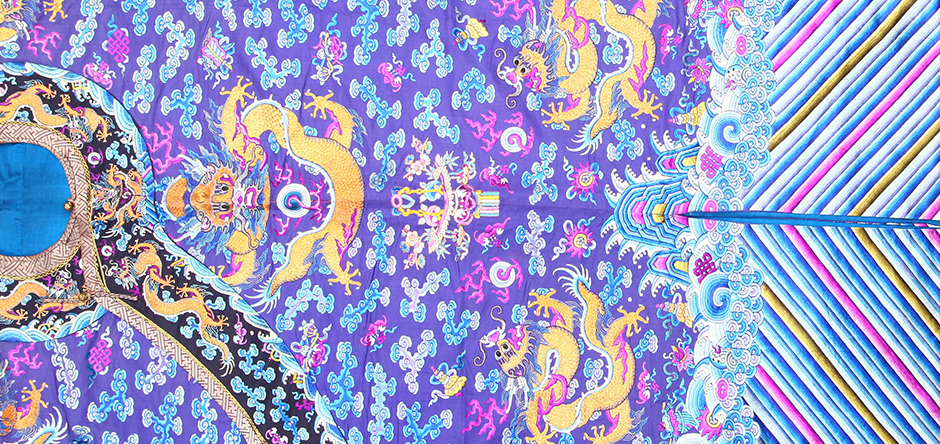Photographs by John Rizzo, courtesy of the photographer.
If you know WAG magazine, then you already know something about photographer John Rizzo.
He’s the man behind the striking portraits of actress Condola Rashad, fashion designer Rubin Singer and Realtor Shelly Tretter Lynch — along with the double portrait of Congressman Sean Patrick Maloney and real estate entrepreneur Randy Florke — that have graced many of our covers since last August. And that’s just for starters.
For John, who has a studio in Dobbs Ferry, it’s all about the instant personal connection that is the difference between a “meh” photo and the one that moves you. And that’s true even if the subject is inanimate, as in an interior or a temple like those at Angkor Wat in Cambodia — one of the countries to which he leads photography tours.
There, he might get up at dawn to catch the light coming up behind a temple or Buddhist monks filing into one.
“Every situation is different,” he says. “Part of the fun is the process itself. It begins the moment you ring the doorbell. You’re walking into a situation where you have limited time. You don’t know what the space is like or the light is like. You have to make a million decisions quickly.”
As he’s doing that — and perhaps setting up lights if the natural light is not good — he says, “I’m talking to the subjects, getting a sense of their body language, whether or not they like to be photographed, because a lot of people don’t. They always say, ‘I don’t take good photographs.’ I tell them, ‘But I do.’
“Everything the subject thinks he should do, I tell them not to do. When you try to act, it comes off unnatural. I tell them to trust the process.”
Using a 35 mm digital Canon — “It’s small, lightweight and the resolution is very high” — John may take scores of photos just to get that one wow shot.
“I’m looking for those moments between moments,” when the real person shines through and speaks to the camera and to us.
Sometimes, that moment is the last shot. In 2006, John had an opportunity to shoot author Tom Wolfe at a speaking engagement in Manhattan. Many who attended the event wanted their picture taken with the bard of “The Bonfire of the Vanities” — not what John had in mind. As Wolfe prepared to leave, he slipped on a pair of white glasses. John persuaded him to give him five more minutes. And he had his shot.
Back in the studio, John downloads and edits his photos but doesn’t Photoshop them.
“I don’t retouch my photos. I was trained in the news biz where you had to hand in your photo card right away.”
Indeed, spot news is one of the great loves for John, who has photographed for Bloomberg News, Newsweek and The New York Times. He was on the scene for Bloomberg at the World Trade Center on Sept. 11, 2001. As he broke through a police barricade — something photographers are wont to do — a police officer grabbed him by the scruff of the neck.
“I don’t care if you’re here for Jesus Christ,” he remembers the officer saying, “you’re going to have to get out.”
Twenty minutes later, the South Tower fell. The officer’s action, John figures, probably saved his life.
One midnight that November, a “baby-faced Irish” cop let him into an area where a platform had been placed for the families of firefighters and police officers who perished in the attack and he got “this amazing picture” of welders cutting up pieces of the fallen towers. The photo won an award in Applied Arts magazine.
Sept. 11 wasn’t the only time John’s put himself in harm’s way. In 2011, he went to Joplin, Mo., six days after a devastating tornado hit.
“It was just this amazing thing to see, like the Pepsi plant that was flattened except for the tornado room.
“People want to tell you their stories. All you have to do is convince them that you’re not there to exploit them and that you’re trying to do a good job, and the door is open.”
John has been interested in telling people’s stories visually since high school back home in Buffalo, where he grew up in an artistic Sicilian family. He liked the immediacy of photography and studied photojournalism at Syracuse University, well known for its journalism program.
It’s not the easiest of professions, he says, pointing to recent layoffs among Sports Illustrated photographers. That’s why John is glad he’s diversified, both in his mastery of different genres and his professional interests. Last year he went to Cambodia with a private school from California and taught students photography at Angkor Wat, the iconic Buddhist temple complex. He conducts tours to Cambodia-Laos, Ethiopia, Myanmar or Tanzania for five-to-10 adult (50 and over) amateur photographers at a time. He’s talking with New York University about doing a photography workshop for magazine writers and the Fashion Institute of Technology about a workshop in shooting and styling fashion photographs.
John’s an artist-in-residence at ArtsWestchester in White Plains, which places artists in schools and communities, and a teacher at the Mill Street Loft in Poughkeepsie, which offers arts experiences to those who might otherwise not have them.
Wherever, whenever he’s teaching, his message is the same: The fundamentals are more important than technology. And persistence pays. Look at the Tom Wolfe photo or the one of the steel beams post-9/11.
That’s why, he says, “You never give up.”
John Rizzo’s work will be on view at the Mill Street Loft in Poughkeepsie through March 14. For more, visit johnrizzophoto.com.





